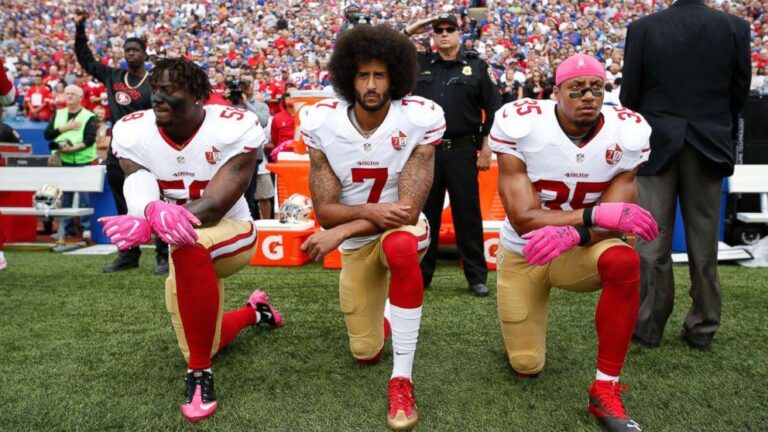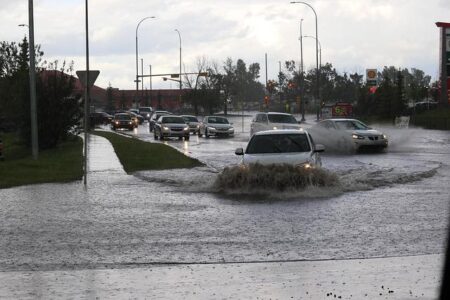How Social and Political Divides Are Reshaping American Sports
Understanding the Growing Rift Between Athletes and Their Supporters
In recent years, the relationship between athletes and their fans has become increasingly strained, driven by a complex mix of cultural evolution and unmet expectations. Historically, sports served as a unifying force, where players and spectators bonded over shared stories of triumph and entertainment. Today, however, issues such as activism for social justice, disparities in player compensation, and perceived political messaging have overshadowed the games themselves, creating tension on both sides. Many fans feel disconnected when athletes use their visibility to address societal challenges, viewing these actions as distractions rather than meaningful advocacy. Meanwhile, athletes often interpret fan criticism as a failure to recognize the realities they face beyond the arena.
Several critical elements fuel this divide:
- Media Sensationalism: News outlets often amplify controversies, deepening polarization.
- Financial Strains: Increasing ticket costs and commercialization raise questions about fan loyalty and value.
- Generational Differences: Varied social attitudes between older and younger fans complicate mutual understanding.
| Topic | Fan Viewpoint | Athlete Viewpoint |
|---|---|---|
| Political Statements | Seen as interruptions to the sport | Considered vital for social progress |
| Player Earnings | Perceived as excessive | Viewed as fair compensation for talent |
| Use of Social Media | Platform for criticism | Direct communication with fans |
How Internal Conflicts Have Altered Team Cohesion and League Governance
The surfacing of grievances within sports organizations has not only revealed internal discord but also transformed operational dynamics and league policies. Where once players were united by common objectives, divisions now arise over contract negotiations, treatment, and representation. This shift has eroded trust, compelling management to rethink team-building approaches and communication strategies. The traditional hierarchical model has come under scrutiny as athletes increasingly demand transparency and inclusion in decision-making.
In response, leagues have implemented several reforms aimed at addressing these challenges while maintaining organizational control. Key initiatives include:
- Enhanced grievance protocols with defined timelines and stronger player protections
- Mandatory diversity and ethics education to tackle cultural misunderstandings
- Inclusion of player representatives on policy committees to ensure athlete perspectives influence governance
| Policy Reform | Effect | Year Introduced |
|---|---|---|
| Grievance Resolution Timelines | Accelerated dispute settlements | 2019 |
| Diversity Training Programs | Heightened cultural awareness | 2020 |
| Player Committee Membership | Greater athlete influence in policy | 2021 |
Social and Political Challenges Undermining Unity in Sports
Over the past decade, American sports have increasingly mirrored the nation’s social and political divides, challenging the notion of sports as neutral ground. From protests during the national anthem to controversies over team names and mascots, sports venues have become arenas for broader cultural debates about identity, justice, and equality. Athletes have evolved from mere entertainers to outspoken advocates, a transformation that has both energized some fans and alienated others, fracturing the sense of unity once prevalent in sports.
Major contributors to this fragmentation include:
- Movements for racial equality highlighting systemic injustices
- Polarized political climates intensified by media coverage
- Economic inequalities limiting access and representation in sports
- The commercialization of activism, which sometimes dilutes its original intent
| Year | Event | Effect on Sports Cohesion |
|---|---|---|
| 2016 | Colin Kaepernick’s anthem protest | Ignited national debate, split fan opinions |
| 2020 | NBA players’ game boycotts following police shootings | Elevated calls for justice, disrupted league schedules |
| 2021 | Controversy over Washington Football Team’s name and mascot | Prompted discussions on cultural respect and sensitivity |
Approaches to Rebuilding Trust and Encouraging Inclusivity in Sports
Healing the divisions within American sports requires a comprehensive strategy that confronts past grievances while fostering a culture of openness and mutual respect. Central to this effort is transparent dialogue among athletes, management, and fans. By openly recognizing historical shortcomings and committing to fair policies, sports organizations can begin to repair fractured relationships. Additionally, establishing safe environments where athletes and staff can express concerns without fear of reprisal is essential for building trust and accountability.
Promoting inclusivity through deliberate programs is equally vital. Sports bodies should champion diversity initiatives that uplift marginalized communities, spanning from youth leagues to professional levels. Examples include mentorship opportunities for underrepresented groups and rigorous enforcement of anti-discrimination policies. The following table highlights measurable objectives teams can adopt to monitor progress and ensure sustainable change:
| KPI | Definition | Goal |
|---|---|---|
| Diversity Hiring Rate | Proportion of new hires from underrepresented demographics | 20% annual increase |
| Player Inclusivity Feedback | Survey scores reflecting perceptions of inclusiveness and trust | At least 85% positive responses |
| Community Outreach Programs | Number of events promoting diversity and inclusion | Minimum of 12 per year |
Final Thoughts: Navigating the Future of American Sports Amid Division
As American sports continue to reflect the nation‚Äôs broader social and political divides, the environment remains deeply polarized. This analysis reveals that the fractures extend well beyond the playing field, mirroring larger societal conflicts. The path forward for leagues, teams, and fans involves navigating these complexities to rediscover common ground‚ÄĒboth within sports and in the wider community. Whether the unifying spirit of athletics can ultimately bridge these divides remains an open question, but the potential for sports to inspire cohesion endures.







